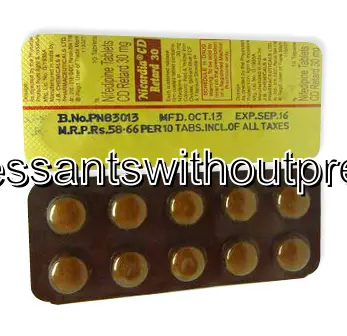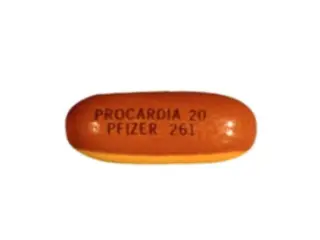| Package | Dosage | Price | Price per Dose | |
|---|---|---|---|---|
| Dosage: 10mg | ||||
| 360 pill | 10mg | $322.17 | $0.89 | |
| 180 pill | 10mg | $175.43 | $0.97 | |
| 120 pill | 10mg | $127.58 | $1.07 | |
| 90 pill | 10mg | $106.85 | $1.18 | |
| 60 pill | 10mg | $81.33 | $1.36 | |
| 30 pill | 10mg | $47.83 | $1.60 | |
| Dosage: 20mg | ||||
| 360 pill | 20mg | $384.38 | $1.07 | |
| 180 pill | 20mg | $212.12 | $1.18 | |
| 120 pill | 20mg | $159.48 | $1.32 | |
| 90 pill | 20mg | $137.15 | $1.52 | |
| 60 pill | 20mg | $103.66 | $1.74 | |
| 30 pill | 20mg | $65.38 | $2.20 | |
| Dosage: 30mg | ||||
| 180 pill | 30mg | $413.09 | $2.30 | |
| 120 pill | 30mg | $298.25 | $2.49 | |
| 90 pill | 30mg | $244.02 | $2.71 | |
| 60 pill | 30mg | $185.00 | $3.08 | |
| 30 pill | 30mg | $108.44 | $3.64 | |
| 10 pill | 30mg | $41.45 | $4.21 | |

Nifedipine Description
Introduction to Nifedipine
Nifedipine is a well-known medication primarily used to manage hypertension and angina pectoris. It belongs to a class of drugs called calcium channel blockers. These medications work by relaxing the muscles of the heart and blood vessels, which helps lower blood pressure and improve blood flow. Many patients have found Nifedipine effective in controlling their blood pressure levels and reducing the symptoms associated with angina.
How Nifedipine Works
The primary mechanism of Nifedipine involves inhibiting the influx of calcium ions into cardiac and smooth muscle cells. By blocking these channels, the medication causes vasodilation — the widening of blood vessels. This reduces the resistance the heart has to pump against, leading to lower blood pressure. Additionally, it decreases the oxygen demand of the heart, which can help prevent angina episodes. The swift action of Nifedipine often provides quick relief from chest pain, making it a popular choice for acute anginal attacks.
Advantages of Using Nifedipine
One significant benefit of Nifedipine is its rapid onset when taken in short-acting forms. Patients often feel relief within minutes, especially during angina attacks. The medication effectively lowers high blood pressure, which reduces the risk of strokes, heart attacks, and other cardiovascular complications. Moreover, Nifedipine is available in various formulations, including extended-release tablets, allowing tailored treatment plans. For many users, it’s an essential part of managing chronic hypertension and preventing serious cardiovascular problems.
Possible Side Effects and Risks
Like all medications, Nifedipine can cause side effects. Some common reactions include headaches, flushing, dizziness, and swelling of the ankles or feet. These symptoms often occur as a result of vasodilation and may diminish over time. More rarely, some users report hypersensitivity reactions or a sudden drop in blood pressure. It’s crucial to monitor how your body reacts to the medication and report any adverse effects to your healthcare provider. In certain cases, Nifedipine may interact with other drugs, so medical consultation is necessary before starting treatment.
Usage and Precautions
The dosing of Nifedipine depends on the condition being treated, its severity, and patient-specific factors. It’s essential to follow your doctor’s instructions carefully. Patients should avoid abrupt discontinuation of the medication, as this can lead to rebound hypertension or angina. Regular blood pressure monitoring is recommended during therapy. Patients with certain health conditions, such as heart failure or liver problems, need to inform their doctor before using Nifedipine. Pregnant and breastfeeding women should also seek medical advice, as safety in these groups may vary.
Conclusion
Nifedipine remains a reliable and widely prescribed medication in the management of hypertension and angina. Its ability to provide fast relief and its effectiveness in lowering blood pressure contribute to its popularity among healthcare professionals. However, like all drugs, it should be used responsibly under medical supervision to minimize side effects and interactions. When used correctly, Nifedipine can significantly improve cardiovascular health and quality of life for many patients.

